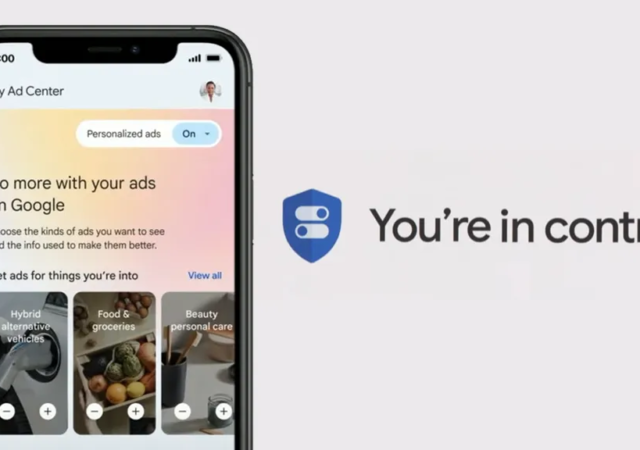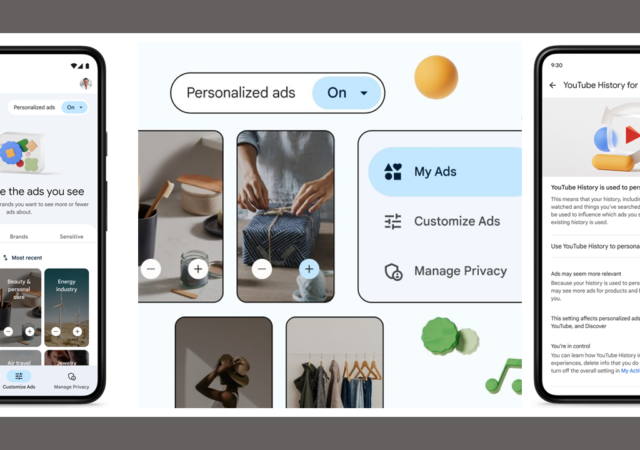techENT sits down with a Google Spokesperson to take a deep dive into My Ad Center and how it will impact user and advertiser experience.
Taking Control of Your Privacy – Diving into Google My Ad Center
We’re taking a deep dive with a Google Spokesperson into the nuances of Google’s new My Ad Center with granular control for personalized ads.
iQIYI’s New Malaysian Show “Sorry Naik Lori” Seamlessly Integrates Branding & Story Telling
iQIYI and foodpanda explore new ways of integrating branding and story-telling with the upcoming series “Sorry Naik Lori”.





